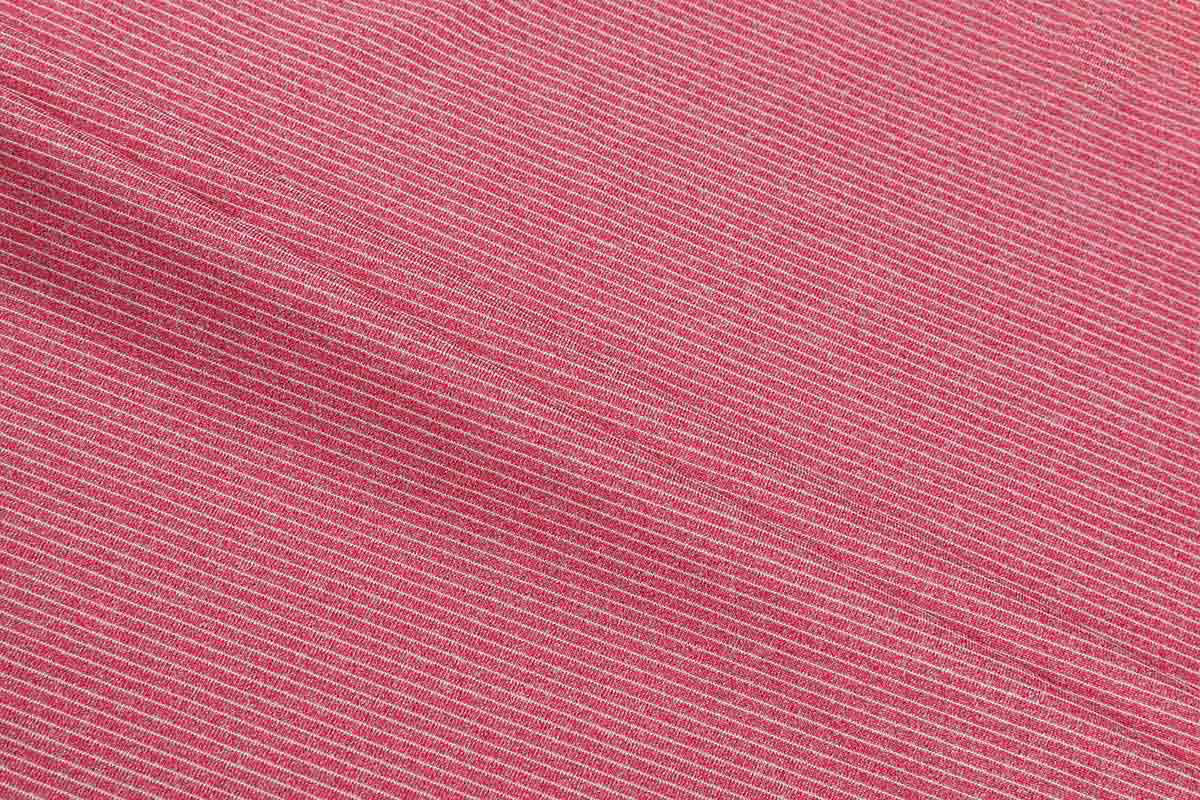The way to dye polyester spandex fabrics is to use disperse dyes. This is a water-insoluble powder solution that opens when heated. You can buy this dye on Amazon and it's easy to use. To dye polyester, you can buy already dyed material or make your own dye solution using disperse dyes.
To dye polyester spandex fabric at home, you need to find a synthetic disperse dye. This is the choice because standard dyes will not stick to polyester materials. Universal all-purpose fabric dyes are also an option, but won't give the same results as disperse dyes. To dye polyester spandex fabric, start by mixing the dye in a large pot large enough to hold the fabric. Then, fill the pot with water and bring to a boil.
Available in a variety of colors
Polyester spandex fabrics come in a variety of colors and can be used in a variety of clothing and accessories. Its smooth texture and color fastness make it suitable for everyday wear, as well as for more formal occasions. These fabrics also have great versatility and can be used for different types of activities, such as yoga or running.
If you're choosing a ball gown, you should focus on looking for ones made from spandex fabrics. This material is very stretchy, so it's important to find one that suits your skin tone and body type. You can try different styles, but avoid uncomfortable clothes.
easy to clean
When you want to wash a pair of spandex jeans, you can use a machine with a gentle cycle. If you are concerned about fabric stretching, consider washing on a delicate cycle in cold water. You can also hang them to dry. The fabric is very durable so you can wear it for years.
You can wash polyester-spandex fabrics in the washing machine without using special detergents. If you prefer to hand wash fabrics, it's a good idea to turn them over before washing. When washing spandex, hot water and bleach should be avoided.
impact on the environment
The production of polyester uses large amounts of water, including for cooling. This can be a problem in areas where water is scarce. Additionally, the water left behind is often full of chemical dyes, causing damage to plants and animals. In addition, polyester also releases microplastics during production and use. A piece of clothing can contain as many as 1,900 tiny plastic fibers that cause pollution and are harmful to marine life.
While polyester is a versatile textile, there are concerns about its environmental impact. It is not a natural substitute for natural fabrics such as cotton, wool and linen. Also, natural fabrics are more sustainable than synthetic fabrics.
POLYESTER SPANDEX CATION HTR JERSEY 180G 90%POLYESTER+10%SPANDEX

POLYESTER SPANDEX CATION HTR JERSEY 180G 90%POLYESTER+10%SPANDEX

The cloth surface is smooth and delicate, with clear lines, diverse colors, environmentally friendly dyes, comfortable and skin-friendly, soft to the touch, and easy to wash.
Component Proportion/Yarn Count:90%POLYESTER+10%SPANDEX CATION HTR JERSEY
Contexture:knitting
Craft:weft knitting
Machine:Homebred quality circular kniting machine




 简体中文
简体中文
